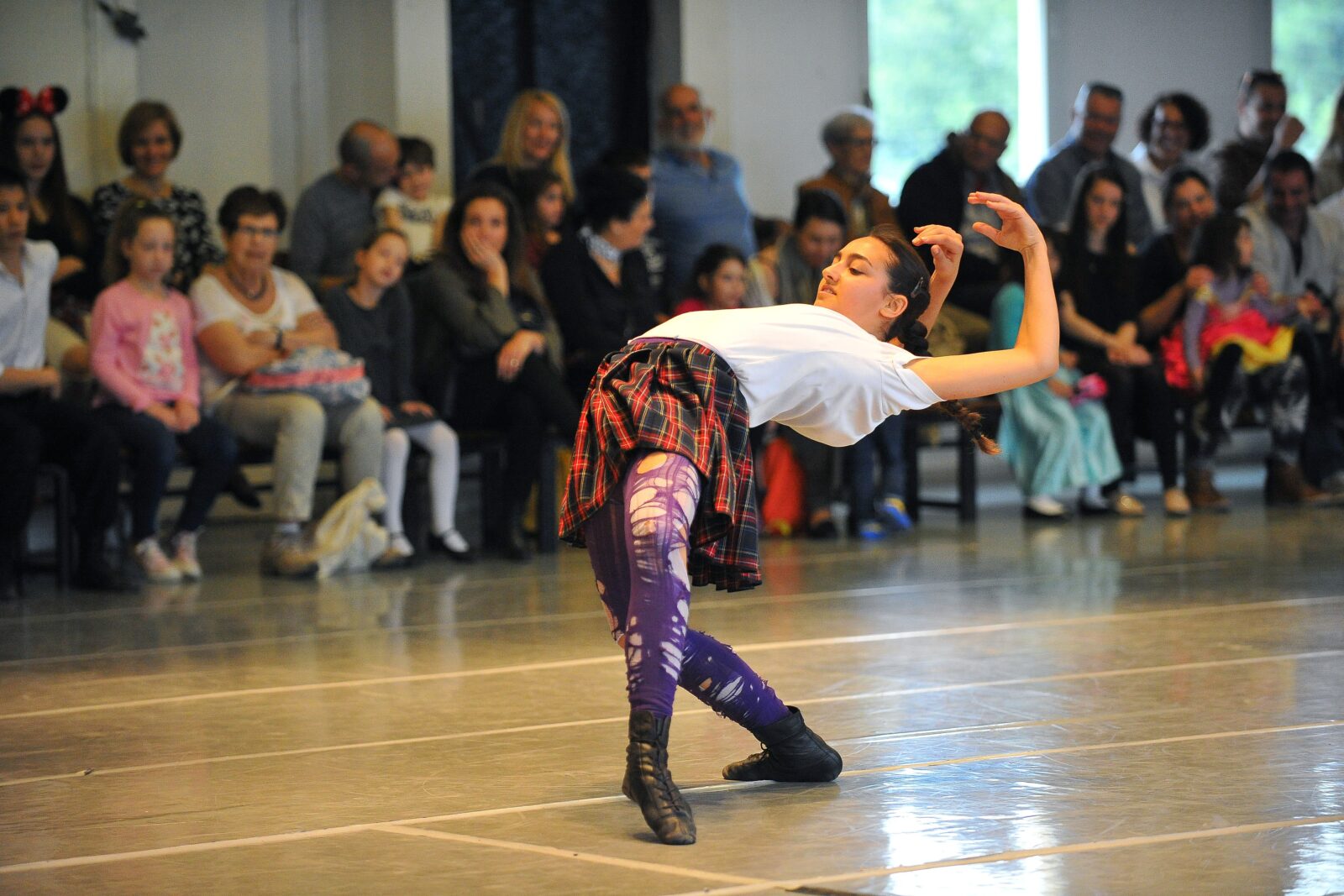Kamuyot is presented by Fall for Dance North and plays at Ada Slaight Hall at Daniels Spectrum in Toronto until September 30.
What can be said of Ohad Naharin that hasn’t already been mentioned? The Israeli creator, performer and choreographer is among the most famous dancemakers of the 21st century. His work is performed by repertory companies the world over, not to mention his home ensemble of Batsheva Dance Company in Tel Aviv.
Charlotte Ballet brings Naharin’s work to Toronto with his 2003 piece Kamuyot (Hebrew for quantities), originally set on Batsheva’s Young Ensemble. Chosen for the company by new artistic director and contemporary choreographer Alejandro Cerrudo, Kamuyot is a fun-for-all-ages piece that is often performed in elementary and middle schools.
Charlotte Ballet’s Kamuyot is 50 minutes of contemporary dance that is both exciting and delightfully silly. While the company’s ballet roots remain evident, Naharin’s choreography inspires joy in its heavily-involved audiences.
Kamuyot’s biggest appeal is its unique considerations of both space and audience interaction. Walking into the auditorium, the performance is viewable from all sides from three-tiered benches surrounding a large square of marley floor. Small ‘reserved’ spaces in the first row are filled by the Charlotte Ballet dancers before the piece begins. Dressed in what looks like colourful Catholic school uniforms, the dancers strike up conversations with the people sitting around them (myself included), until the sound of a whistle silences them all.
Dancers’ roles as performers and audience members are not mutually exclusive in Kamuyot; phrases of unison movement and walking patterns lead dancers to different seats. At one point, the ensemble walks slowly around the perimeter of the stage, making eye contact with every person they pass, before they stop to hold out their hands and grasp whoever is in front of them. In another, audience members are invited onstage to participate in what can only be described as a silent game of Simon Says. These moments create a fun and generous atmosphere that subverts the sometimes serious, stuffy nature of watching ballet.
Kamuyot assembles movement vignettes that bridge the physically intense and the totally absurd. One solo sees a dancer moving himself with only the momentum it takes to slap himself. A duet entails a woman sensuously moving her hips while a man lies beneath her, kissing her feet. There are high leg extensions and intricate footwork; there’s also a group barking at the audience in unison. Dancers move as though they are suspended in water one moment then suddenly break into high-intensity head banging right after.
As is the case with all Naharin choreography, Kamuyot is performed with the Gaga movement language. Charlotte Ballet’s dancers handle Kamuyot’s intense choreography very well, however, their ballet training sometimes restricts the abandon and uniqueness that epitomizes Naharin’s work.
Kamuyot itself is not without its faults. Motifs like a gestural movement choir indicative of his 2006 piece Max and the seated clapping of 1990’s Echad Mi Yodea show how Naharin’s choreography can become repetitive for those who know it well.
It’s undeniable that Charlotte Ballet’s Kamuyot will be a joyful experience for all who get to watch it; the piece ends with the dancers inviting the audience up for a dance party and it’s heartwarming to see how the party continues even after the dancers leave the stage. For a piece that’s 20 years old, it’s clear with Kamuyot that Naharin still inspires a love for dance in his audiences; Charlotte Ballet certainly got the memo.
Dance Media Group strengthens the dance sector through dialogue. Can you help us sustain national, accessible dance coverage? Your contribution supports writers, illustrators, photographers and dancers as they tell their own stories. Dance Media Group is a charitable non-profit organization publishing The Dance Current in print and online.

Tagged:
